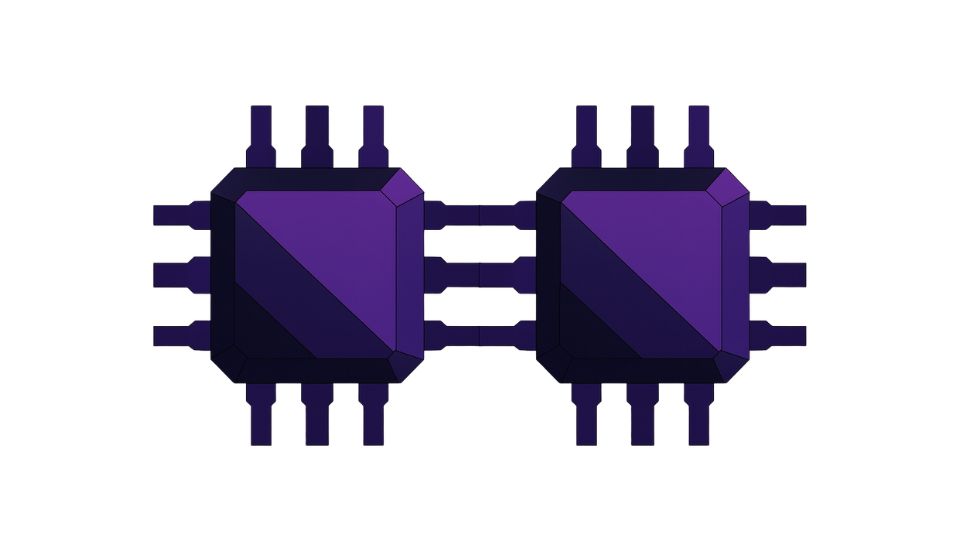A critical OS Command Injection vulnerability, identified as CVE-2025-13284, has been discovered in the ThinPLUS product, likely developed by Yuan Gang Technology. This severe flaw, carrying a CVSS score of 9.8, permits unauthenticated remote attackers to execute arbitrary operating system commands on affected servers. The Taiwan’s Computer Emergency Response Team/Coordination Center (TWCERT/CC) has issued a critical alert, highlighting the significant risks this poses to system integrity and confidentiality.
Understanding the Threat: CVE-2025-13284
The vulnerability, categorized as CWE-78, arises from the improper neutralization of special elements within OS commands. In simpler terms, this means that an attacker could bypass the intended security measures and inject malicious commands, potentially leading to a complete compromise of the system. The fact that this can be exploited remotely by unauthenticated attackers significantly escalates its severity.
TWCERT/CC’s advisory (Source) emphasizes the urgent need for organizations using ThinPLUS to contact the vendor immediately for necessary updates and patches. The advisories, available in both English and Chinese, were published on November 17, 2025, underlining the immediate action required.
The Persistent Threat of Command Injection
Command injection vulnerabilities remain a critical and ongoing concern in the cybersecurity landscape. Recent incidents illustrate the widespread impact of such flaws:
- The RondoDox campaign leveraged CVE-2025-24893 in XWiki servers to deploy cryptocurrency miners and establish DDoS botnets.
- Military experts have expressed concerns regarding AI chatbot vulnerabilities, where prompt injection attacks showcase the diverse applications of command injection principles.
- QNAP issued urgent updates for critical NAS vulnerabilities unveiled at Pwn2Own, serving as a reminder of the extensive reach of these security weaknesses.
- Even sophisticated threats like the SesameOp backdoor frequently rely on initial command injection or similar exploits for their command and control mechanisms.
Recommended Security Measures
To effectively protect systems against CVE-2025-13284 and similar threats, organizations should implement the following:
- Immediate Software Update: Install patches for ThinPLUS software as soon as they become available from the vendor.
- Log Review: Regularly review system logs for any indicators of unusual command execution or unauthorized access attempts.
- Input Validation: Implement robust input validation mechanisms to rigorously scrutinize and sanitize all user-supplied data, preventing the injection of malicious commands.
- Vigilant Monitoring: Continuously monitor security advisories and intelligence from TWCERT/CC and other trusted cybersecurity sources.

